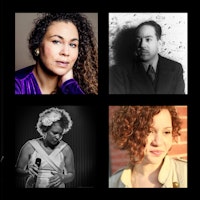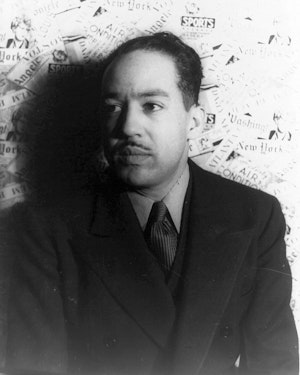She has studied at a choir university, is a singing teacher at Inland Norway University of Applied Sciences, and has freelanced for many years. But now the time has come for American Trina Coleman to go her own way.
Many layers
Trina was introduced to the Harlem Renaissance by a high school teacher. The term refers to African Americans' cultural and intellectual life flourishing in the USA between 1920 and 1940.
– He showed me how these musicians were allowed to perform on stage but not sit among the audience, she says.
- And that it was the birthplace of jazz as we know it. It's my favourite historical period, without a doubt!
Trina's interest in this period has several layers, as she herself has an African American and European background, as do the other two singers she works with.
- It's a profound experience because we're processing a shared experience from different angles. I hope that vulnerability can be heard in the music.
Trina says that the Harlem Renaissance was very important for African-American identity. It was also the birthplace of the philosophical background for the civil rights movement.







